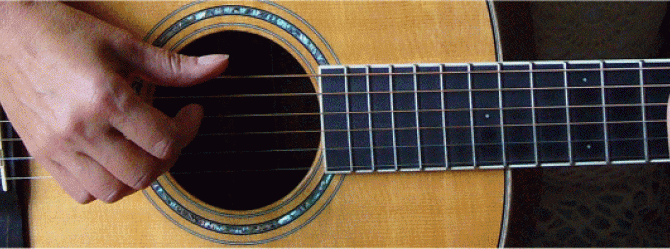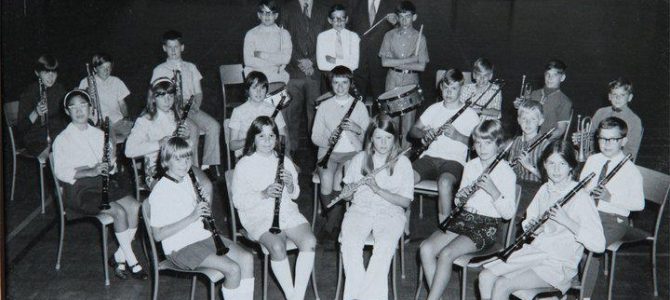Without wanting to sound like a Grinch, November is just too early for Christmas music for me.
I mean, COME ON. Two months of nothing but Christmas music?? It’s on the radio, in the stores, at the mall, on my husband’s car playlist. It’s omnipotent.
And it drives me nuts.
Not only that, but every artist and her uncle has to release their version of every single Christmas song ever penned.
Why? Because Yuletide music is a big money maker. Just like all of the Christmas merchandise showing up on Costco shelves in early October.
Okay, so I AM a bit grinchy.
But now that I’ve got that off my chest, there is one Christmas music tradition that never disappoints. And it’s usually in the appropriate month of December too.
It’s the annual Naden Band Christmas concert, which has been a tradition in Victoria for more than 40 years. Even when COVID was cramping our style, the Naden Band streamed their concert so we wouldn’t have to miss it.
We often think of the Naden Band as part of our local parades, but they have performed all over the world for many different events, along with their more traditional performances.
Only days before we attended this year’s concert, the Naden Band had been at Canadian Forces Base Esquimalt to welcome back two navy ships, HMCS Vancouver and Winnipeg, as hundreds of sailors returned from months of deployment in the Indo-Pacific region.
The Naden Christmas concert was in conjunction with the Salvation Army’s holiday toy drive. The ticket price was very reasonable (are you paying attention Taylor Swift?), and each audience member was encouraged to bring one unwrapped toy.
The theme of this year’s concert intrigued me. It was “Hygge”.
Most of you have at least heard of hygge over the last few years, but for those of you who haven’t, let me exercise my Scandinavian heritage.
Hygge, which originated in Norway but was made popular in Denmark, is all about getting cozy and finding comfort. It might be found in a hot toddy by the fire, or curling up with a good book. It has a similar origin as the word “hug”. Whatever brings you contentment, that’s hygge.
Mostly, I was curious as to how the Naden concert people would pronounce it. Scandinavian languages have a sound all their own and the word hygge is no exception. Online you’ll see it described “hoo-ga”, but that’s not really it.
No, it’s more like a hacking sound from deep in the throat, followed by “gi” as in the word give. Okay, that doesn’t sound very cozy-like, does it?
So we’ll move on.
This year’s musical evening was fabulous, as usual. The Naden Band performed everything from traditional Christmas songs like I Saw Three Ships and Joy To The World, to less traditional ones like Fairytale of New York.
Among my favourites were songs from A Charlie Brown Christmas (Linus and Lucy gets me every time) and I’m Dreaming of Home, which featured the Pipes And Drums of the Canadian Scottish Regiment. There’s nothing quite like the sound of the pipes, is there?
The Royal Canadian Navy’s Naden Band, if you don’t already know, is a group of amazing, top notch musicians. Whenever a musical piece calls for a solo performance, you really get to hear how talented they are. And playing music is a full time position for 34 military musicians, so they practice A LOT.
Another highlight of the evening was when an audience member was chosen to conduct the band for the song Sleigh Ride. During the intermission, anyone who was interested could add their name to the draw.
A few minutes into the second half, a name was picked out of the box. It was a magical moment for all of us. The name drawn was one of the sailors who had returned from deployment only days before. It was something right out of a Hallmark movie script.
If you have never attended the Naden Band’s Christmas concert, I highly recommend it. There are usually several performance dates to choose from, including a matinee show.
And now I want you to mark this day and time on your calendars: December 26, 12:01am. That’s when the Christmas music ends, okay??



